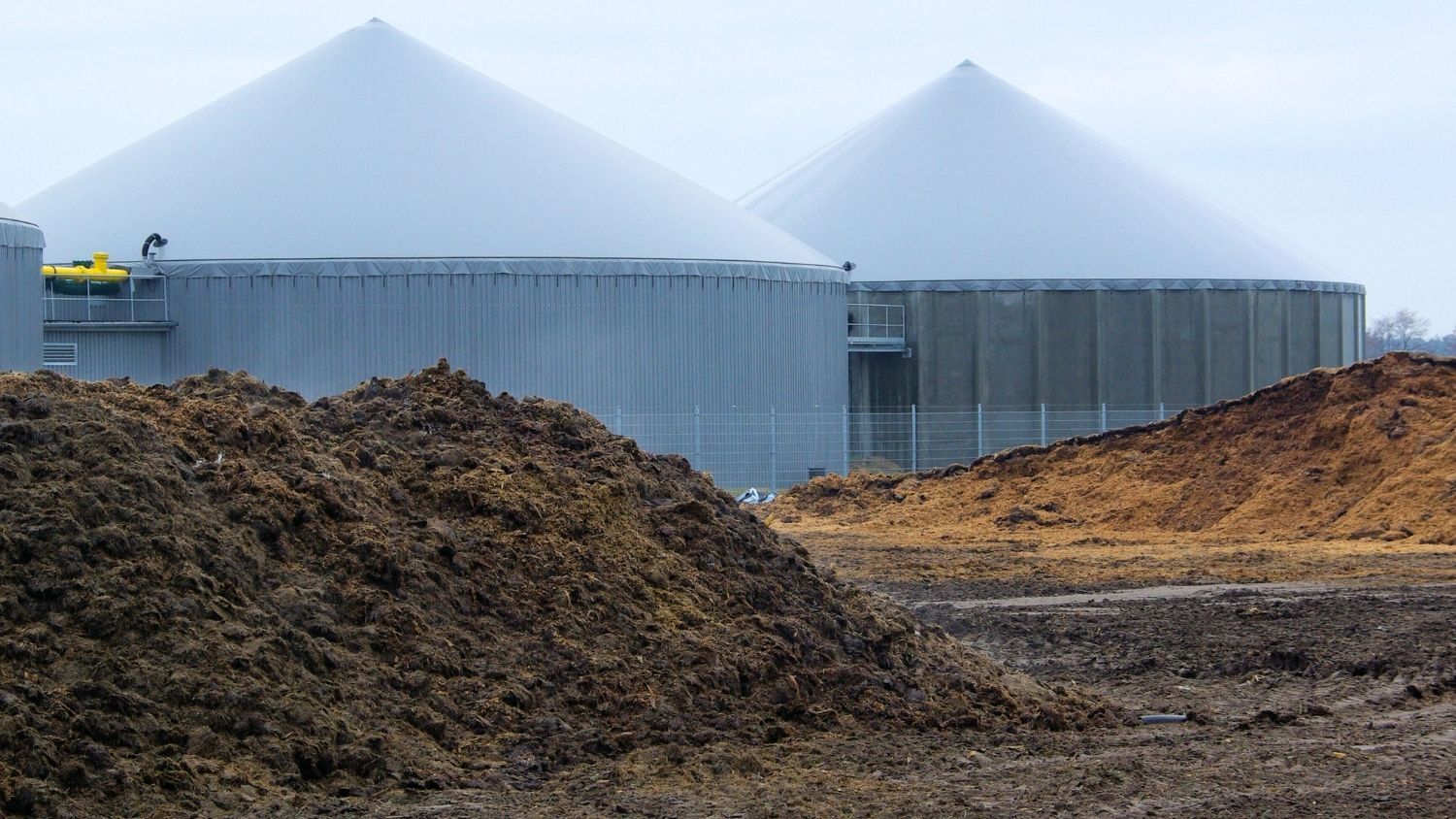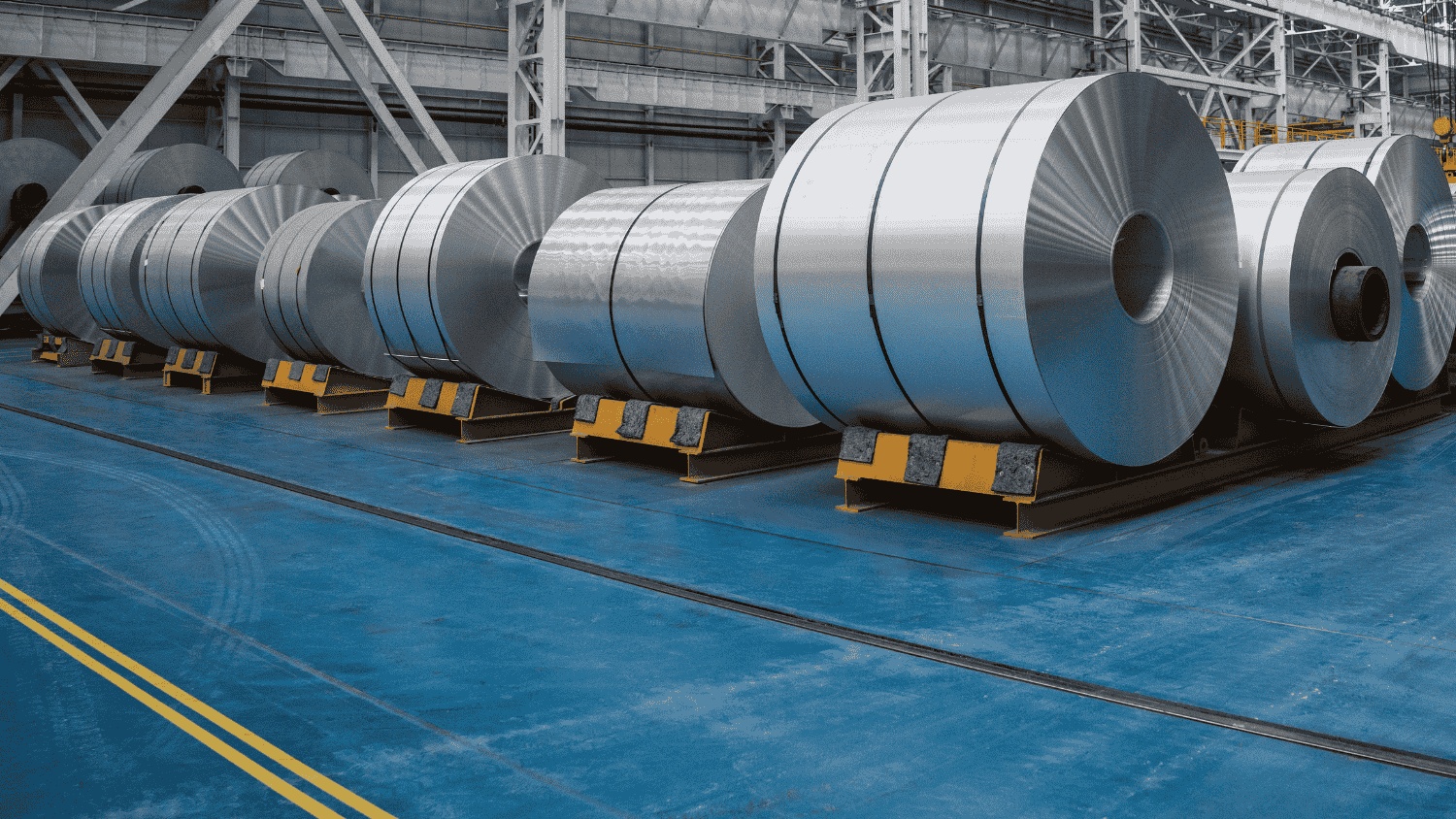Water supply is a critical factor in arid areas such as Africa, the Middle East and Australia. Conventional technologies rely on either sea/brackish water or condensation. However, these are very energy-consuming and rather inefficient. To secure the water supply in an efficient and sustainable way for communities in remote desert areas, new technologies are needed.
Commonly used water harvesting processes rely on condensation, which is very inefficient for desert regions as the dew point would be very low and partially below 0°C.
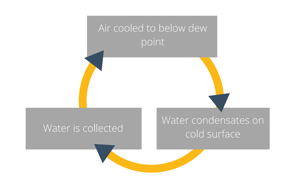 Furthermore, the often used condensers operate on greenhouse gases such as Freon. These are first and foremost dangerous for the environment and are being increasingly banned by the authorities. Relying on external energy supply is a further restriction of their use in very remote areas with limited availability of electricity.
Furthermore, the often used condensers operate on greenhouse gases such as Freon. These are first and foremost dangerous for the environment and are being increasingly banned by the authorities. Relying on external energy supply is a further restriction of their use in very remote areas with limited availability of electricity.
Alternative approach: Adsorption!
To increase the efficiency of the condensation process, a cycle of adsorption and desorption is used.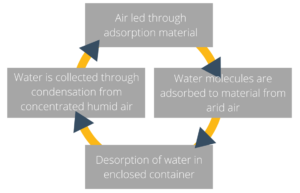
The adsorbent captures water during the adsorption cycle. During desorption cycle the water is released into a closed box leading to increased humidity and dew point. Reaching this point, the water condensates at higher temperatures.
Commonly used adsorption materials are Silica and Zeolites.
Besides these two, Metal-Organic Frameworks (MOFs) show promising adsorption capabilities. MOFs are not as widely used yet, even though they offer significant benefits to Silica and Zeolites.
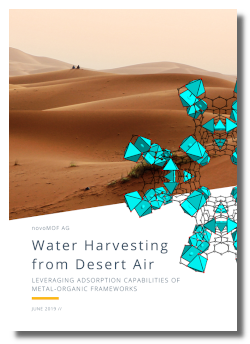 Get the full case story on Water Harvesting here:
Get the full case story on Water Harvesting here:


